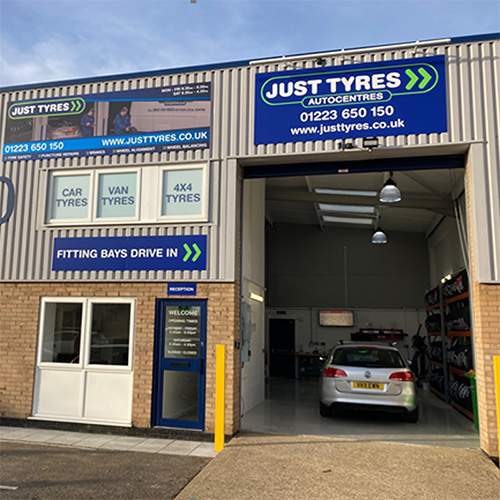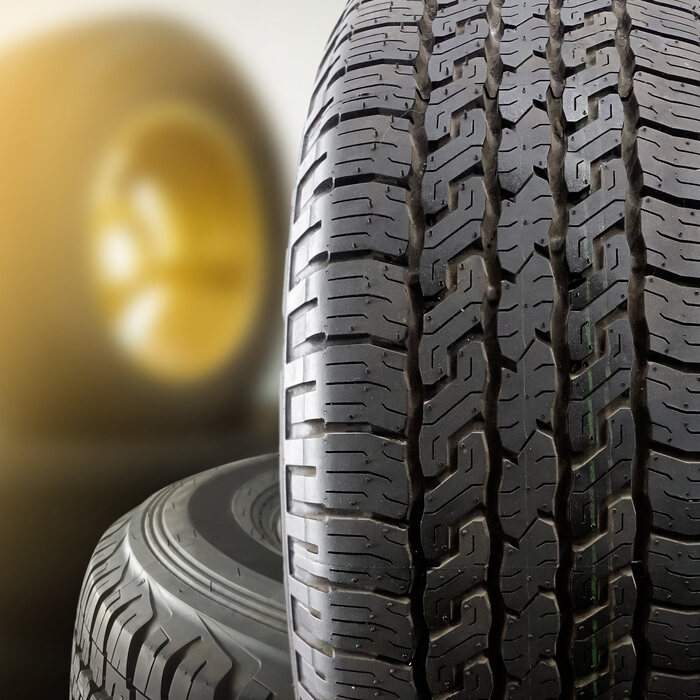WHAT IS WHEEL BALANCING?
Wheel balancing is the process of making sure that weight is distributed around the wheels so they’re perfectly balanced and rotate evenly.
If there are imperfections, small weights can be added to work as a counterweight. Even a minuscule imbalance can lead to problems, so wheel balancing is important to help prolong the life of your tyres, improve the smoothness of your ride and prevent unnecessary damage to your vehicle.
What does wheel balancing do?
There are sometimes slight imperfections in your wheels, which means the weight isn’t distributed evenly. When wheels that aren’t equally balanced travel at high speeds, those imperfections can lead to issues, such as uneven wear and a rougher ride
Wheel balancing is conducted by a specialist who will use a wheel balancing machine to measure how much the wheel vibrates when spinning at various speeds. The more the imbalance of weight, the more the wheel will vibrate. The machine will also be able to tell the specialist exactly where the imbalances are and how much additional weight is needed to correct it.
To counter this, the specialist will add small weights to the wheel to act as a counterbalance. The wheel will then be retested to make sure that it’s equally balanced so it will perform as intended.
How do I know if I need wheel balancing?
If any of your wheels aren’t equally balanced, there are several ways you may be able to identify it. Don’t discount any of these, as ignoring unevenly balanced wheels will wear your tyres and potentially damage your vehicle.
You should consider asking a specialist to check your wheels if you spot any of the following:
Uneven or fast wear
If your tyres aren’t wearing evenly, or are wearing faster than you might expect, there may be an imbalance.
Rough ride
A weight imbalance will cause the contact patch - the part of the tyre touching the road - to vary in size and shape as the wheel spins, and will lead to a rougher ride than usual.
Steering wheel vibration
Another consequence of a bumpier ride will be a noticeable increase in vibrations felt through the steering wheel, which can become uncomfortable during longer, faster journeys.
Fuel economy
When your car has to work harder, it’s naturally forced to use fuel quicker, and a wheel imbalance is just one of the reasons why your car may be using more fuel than normal.
Should I wait until there’s a problem before asking about wheel balancing?
No, you shouldn’t just wait for there to be a problem, as it’s always best to prevent an imbalance rather than wait for one to occur. Even a slight imbalance can cause wear on your tyres, which will cost you money sooner rather than later, when you have to replace your tyres earlier than usual.
Before new tyres are fitted, wheel balancing should be undertaken by a tyre specialist. Ask them if this is part of the service before fitting new tyres.
If you rotate your tyres (vehicle handbooks usually recommend you do this every six months or so) you should always balance your wheels to account for any new imperfections.
Who can do wheel balancing?
Due to the precise measurements involved, wheel balancing should be conducted by a tyre specialist who has access to a wheel balancing machine. It’s therefore recommended that you don’t attempt to do your own wheel balancing at home.
How long does wheel balancing take?
Wheel balancing is carried out as part of the fitting process, and shouldn’t take more than an hour for all four tyres, or shorter than this for fewer tyres.
What’s the difference between wheel balancing and wheel alignment?
Whereas wheel balancing ensures that the wheels and tyres themselves are balanced, wheel alignment makes sure they’re straight in proportion to the vehicle and each other.
Wheel alignment, also known as tracking, adjusts how the tyre sits on the vehicle. Just like wheel balancing, the process is meticulous and shouldn’t be attempted at home unless you have all the correct tools and machinery required.
Both wheel balancing and wheel alignment are important in ensuring the longevity of your tyres, the smoothness of your ride, and optimum fuel consumption.
Need help with wheel balancing?
We eat, sleep and breathe tyres, so if you need help with wheel balancing, speak to an expert at your local Just Tyres and we’ll be happy to help.
We also offer a range of new tyres to suit all makes, models and budgets, so enter your reg into our simple tool to buy new tyres online today.






 Same Day Fitting. Order By 10:30am
Same Day Fitting. Order By 10:30am
 39 Nationwide Fitting Centres
39 Nationwide Fitting Centres
 5 Year Warranty On All Tyres
5 Year Warranty On All Tyres
 Price Check Promise. Always Great Deals
Price Check Promise. Always Great Deals

 Find a Centre
Find a Centre


